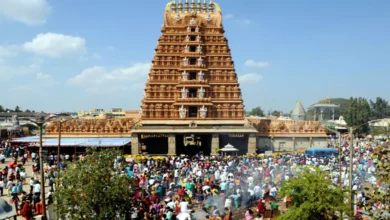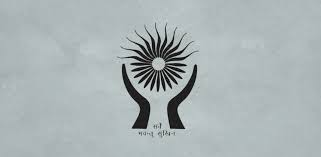An artificial reef is created by an Odisha biologist and engineer team
An innovative technique for creating and maintaining artificial reefs that support the restoration of marine ecosystems and increase ocean biodiversity was developed by a marine scientist.

The artificial reefs made of unique materials were created by Dinabandhu Sahoo, a senior professor of botany at Delhi University, and Sanjukta Sahoo, the dean of KIIT Polytechnic’s civil engineering department. For the first time in Odisha, the artificial reefs placed in Chilika Lake have begun to provide the expected outcomes after months of modeling exercises.
Constructing durable artificial reefs requires the use of steel, concrete, cinder blocks, and rocks. The environment for reef animals, such as fish, invertebrates, and soft and stony corals, is improved by the structures.
According to Prof. Sahoo, an artificial reef is a structure built of unique materials that, when immersed in the sea or any other body of water, would imitate the properties of a natural reef by acting as substratum, or bottom. He said artificial reefs will stop degradation and restore the marine ecosystem because climate change is affecting marine ecosystems and causing frequent cyclonic storms, ocean acidification, biodiversity loss, coral bleaching, and decreased fisheries productivity due to rising carbon dioxide levels.
“In Chilika, we’ve already tried it. With the help of local fishermen’s forums, many shrimp, fish, and sea crabs have begun to reproduce in the artificial reefs that were placed in the lake six months ago, according to Prof. Sahoo, a former vice-chancellor of FM University.
Artificial reefs often provide areas where fish of all sizes may hide as well as hard surfaces where algae and invertebrates like barnacles, corals, and oysters can adhere. Fish assemblages get food and complex structures from the accumulation of connected marine organisms.
“Seaweeds and certain types of aquatic plants that can sequester carbon dioxide from water more quickly can grow on reefs with specific designs and materials,” according to Sanjukta. The group created and sunk an Ashok Chakra-like 24-foot-diameter Indian seaweed wheel with 24 spokes.







